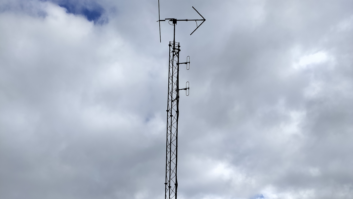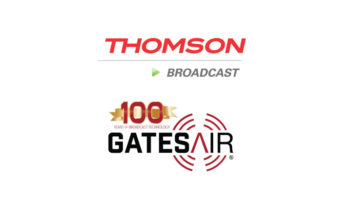TEL AVIV, Israel The Ministry of Communications recently invited companies to submit proposals for constructing a DAB+ system in Israel, ending an intense three-year preparation phase that followed a government decision to introduce digital radio and TV services.
Spectrum congestion and the relatively small size of the country prevent the addition of more radio networks, so the decision for a new multichannel digital radio service was the only solution, according to officials.
Commercial uncertainty
The contract will be for a countrywide license, based on the build-operate-transfer principle.
DAB+, the new generation of Eureka-147 technology, allows broadcasters to use the MPEG-4 HE-AAC v2 audio coding instead of the original less-efficient MPEG Layer II codec. Observers say the new codec will enable two to three times as many audio channels to be multiplexed within an “ensemble,” with comparable audio quality as current services.
In the first stage, the DAB+ system will accommodate 36 channels at 48 or 64 kilobits per second each, and then 54 kbps channels in the second stage.
The Communications Ministry prefers a single-frequency network be built, but it would consider a plan based on a combined single/multifrequency network design. The franchise period is 14 years.
Aware of the commercial uncertainty and the complexity in justifying a reasonable return on investment, the government mandates a substantial discount to potential broadcasters on the proposed transfer cost, which will gradually decrease in each of the following four years after the system becomes operational.
To encourage potential bidders to take the risk, the government proposes a grant of up to 23 million new Israeli shekels, roughly $6.4 million U.S. The decision on the winning bidder will also take into account the amount of funding asked from the government as a grant.
Planning guidelines
For the main technical requirements, the government’s call for bids specifies an urban indoor reception level of 66 dB (uV/M), with protection level 3 according to PRC2006 guidelines, 60 dB (uV/M) on the highways and 40 dB (uV/M) in rural outdoor areas.
The system should be operational 12 months after award, with 80 percent coverage of urban areas with more than 20,000 inhabitants, 80 percent of rural places and 80 percent of highways, with higher penetration levels required subsequently.
The general planning guidelines specify three types of sites: main sites with transmission powers of more than 500 W, 10-dBi antennas and towers higher than 60 meters; medium-sized sites with 100 to 500 W transmitters, 6- to 8-dBi antenna systems and 30-meter towers; smaller, gap-filler sites with sub-100 W transmitters, 3-dBi antenna systems and 10- to 15-meter towers.
All the systems should have redundancy, with 99.9 percent availability. This also applies to the system head-end and to all of the distribution network.
The franchisee selected will be responsible for the monitoring of the entire area covered, ensuring compliance according to ITU recommendations.
Authorities likely will allow additional Digital Multimedia Broadcasting, designed to deliver anything from MPEG-4 full motion video to static images within the bundle of DAB+ service channels.












